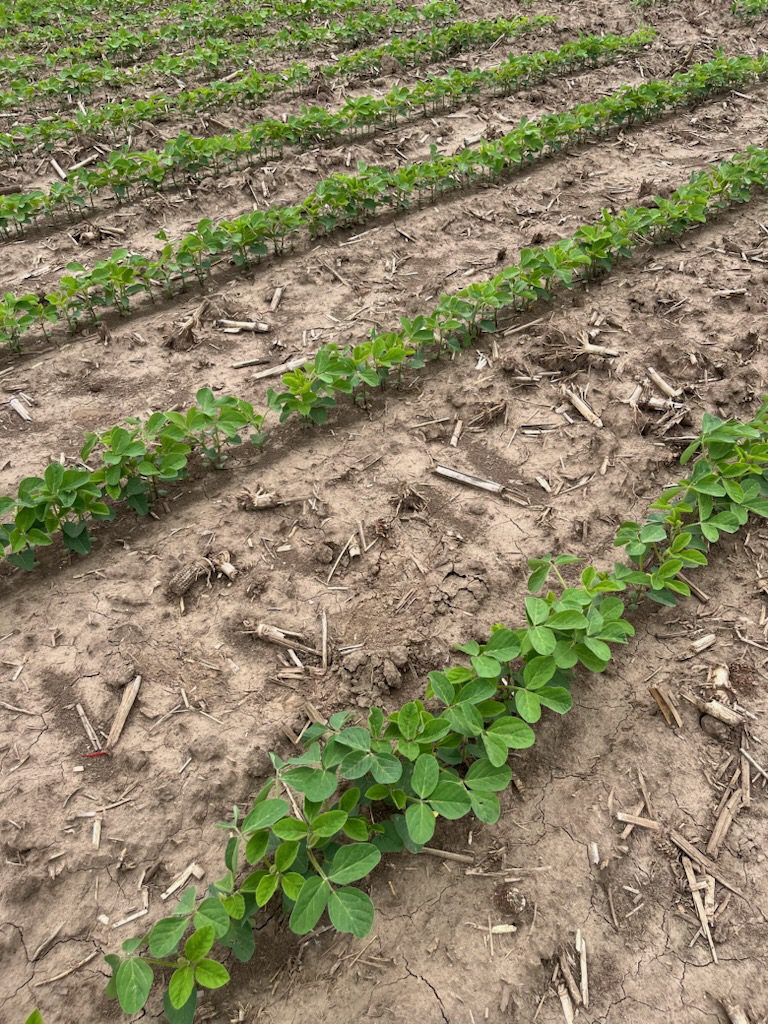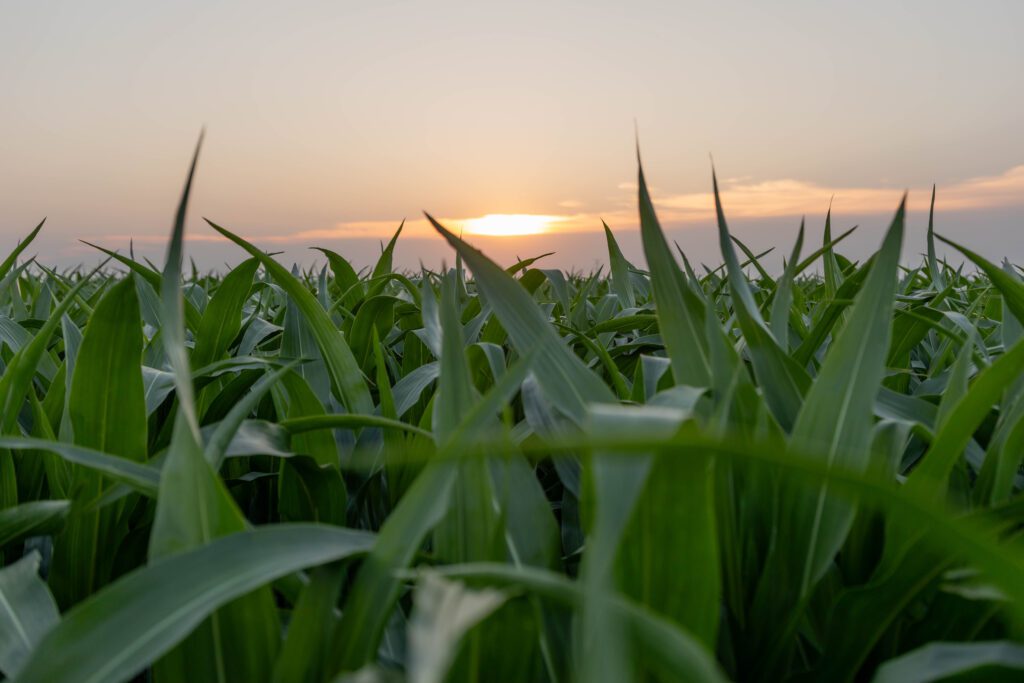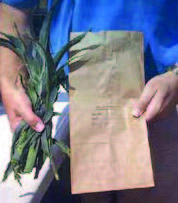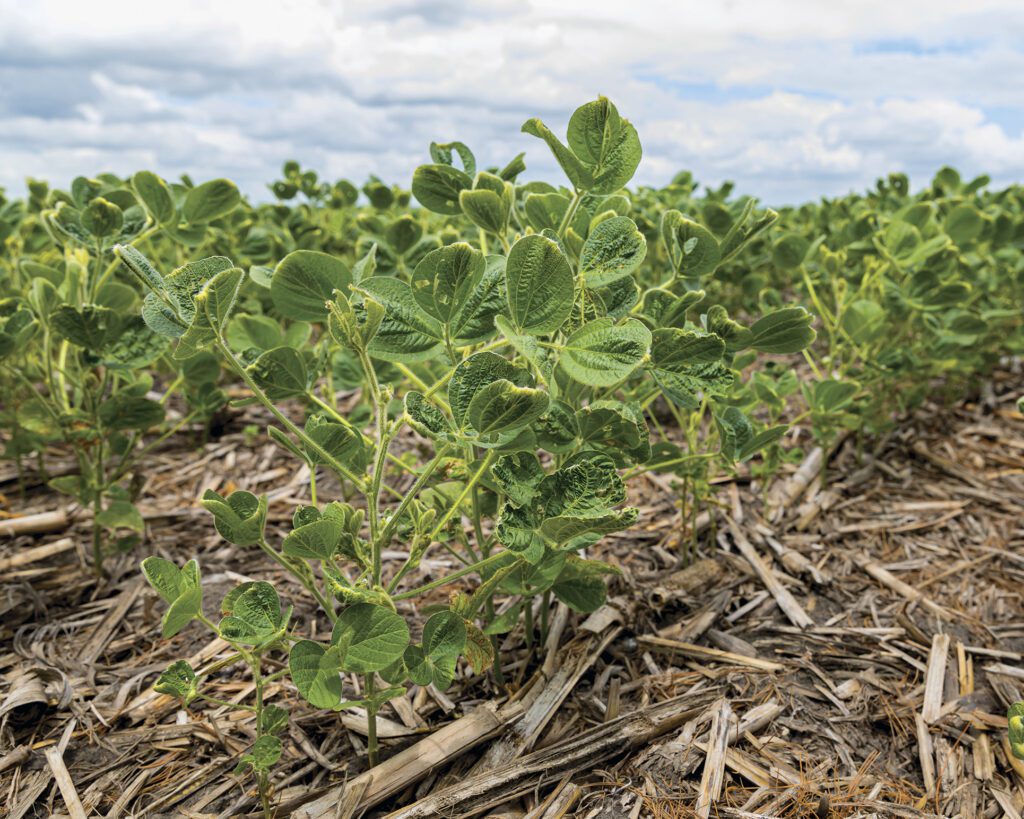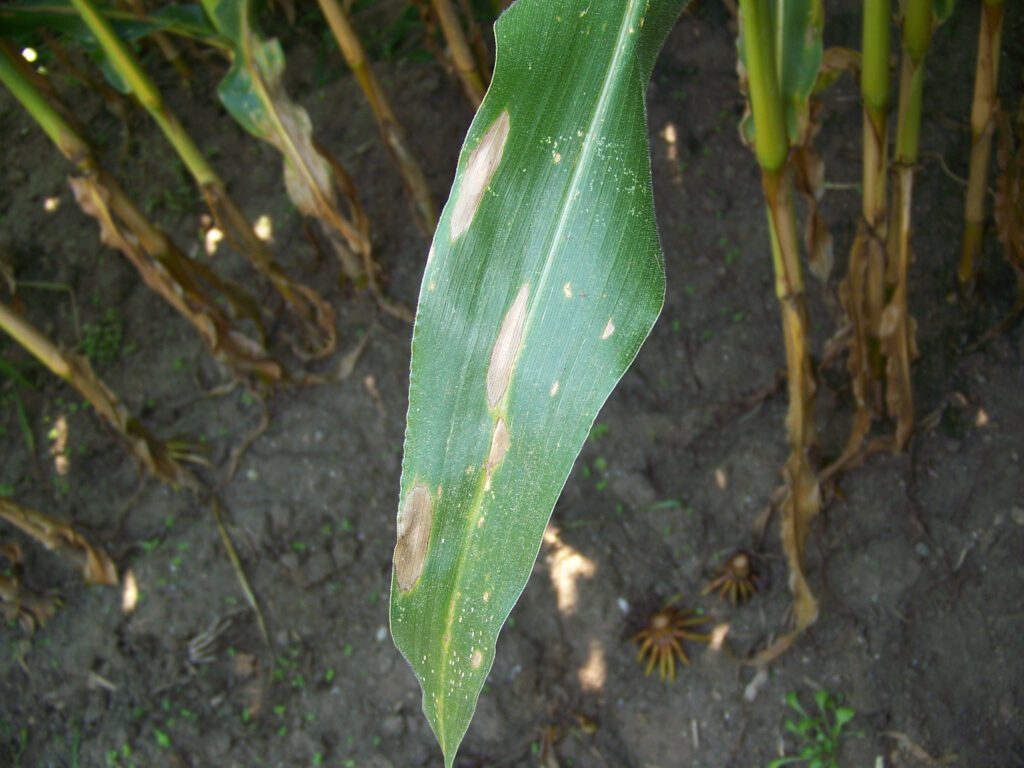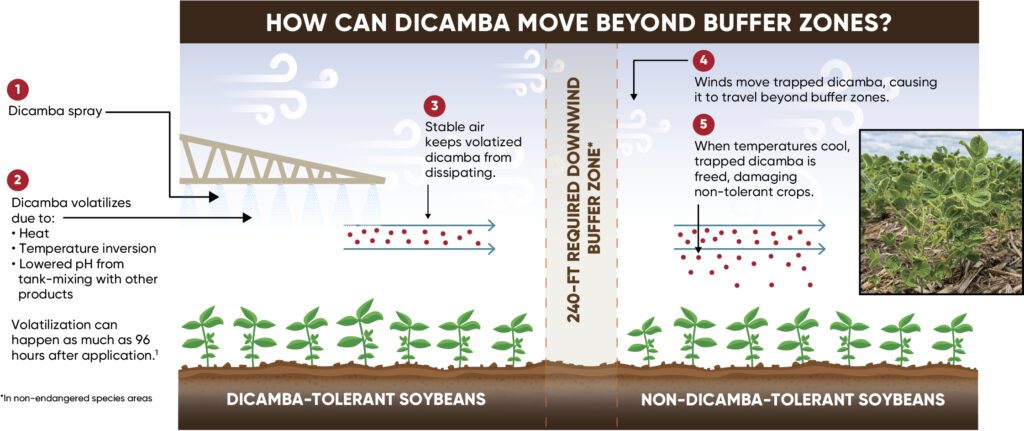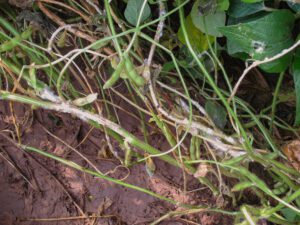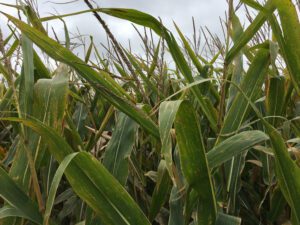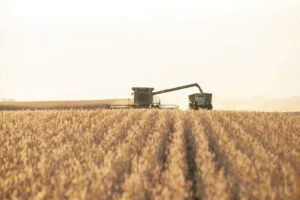
A Brighter Future: More Choices, More Maturities, Continued Genetic Advancement
The Corteva Agriscience research and development engine is powering delivery of more Enlist E3® soybean varieties, resulting in new germplasm, many with unique Corteva genetics and advanced performance with improved agronomic packages. Starting with the 2023 season, AgVenture has access to more options than ever before to match the best varieties to our customers’ fields.
The post A Brighter Future: More Choices, More Maturities, Continued Genetic Advancement appeared first on AgVenture.
